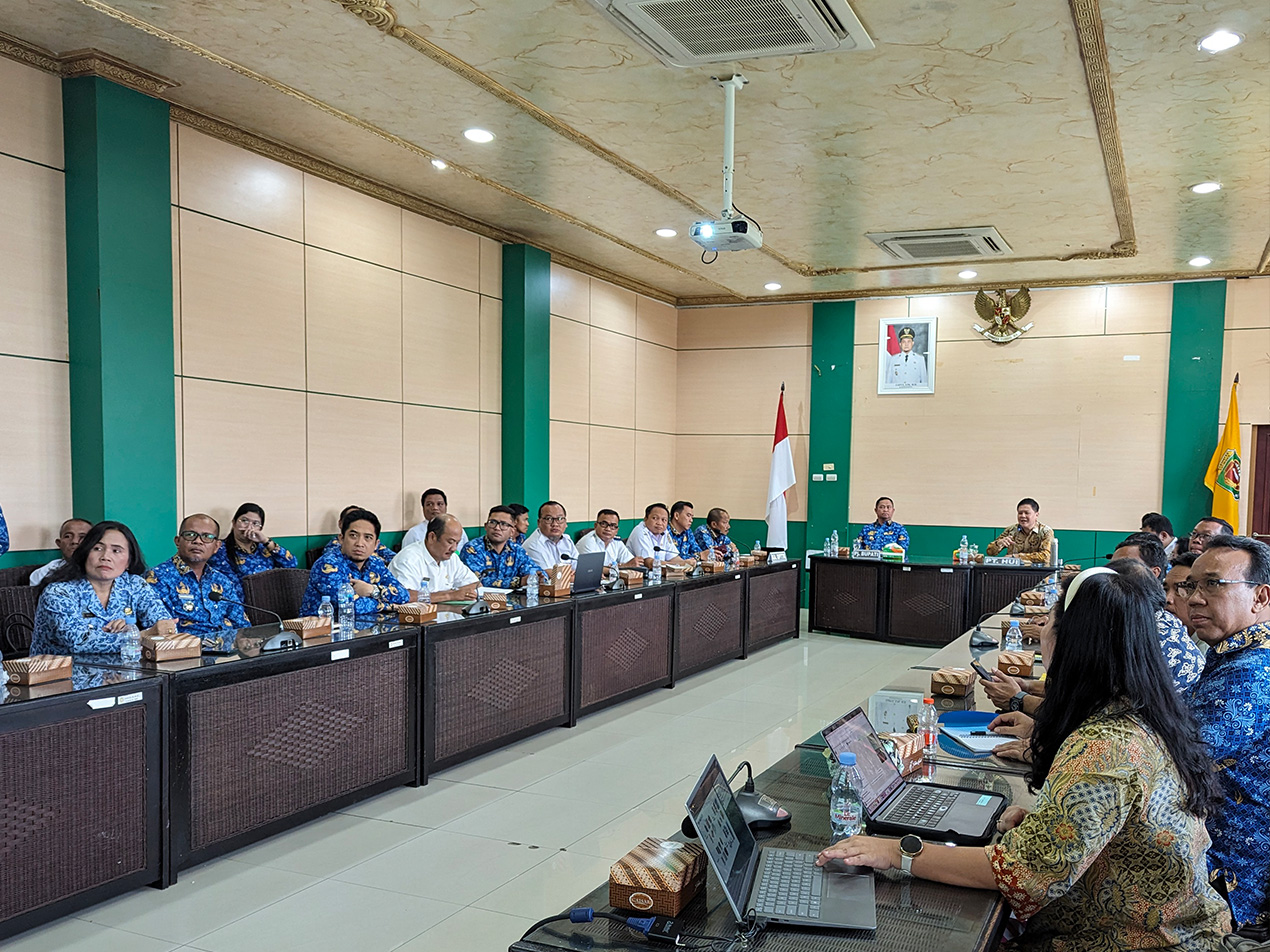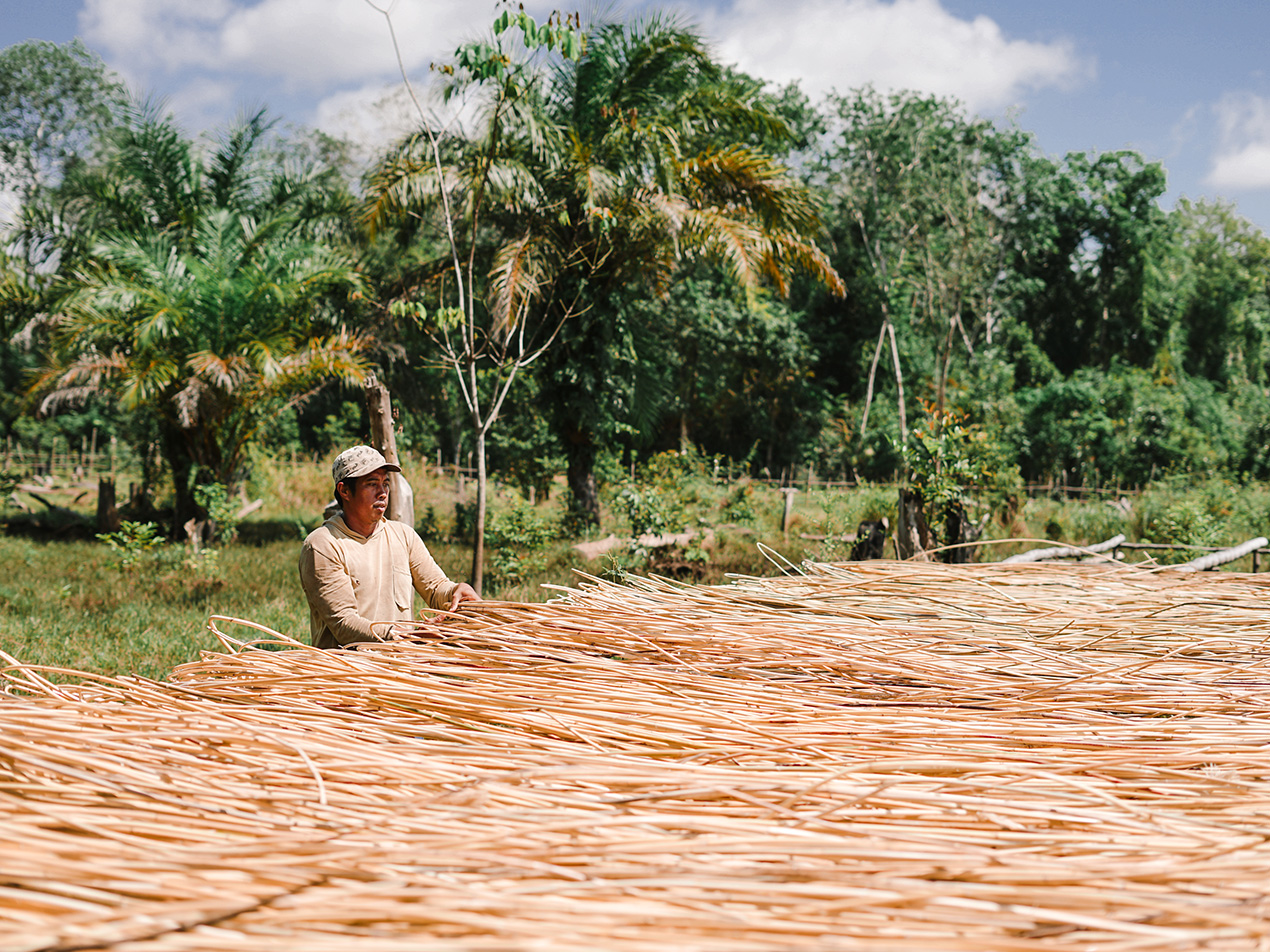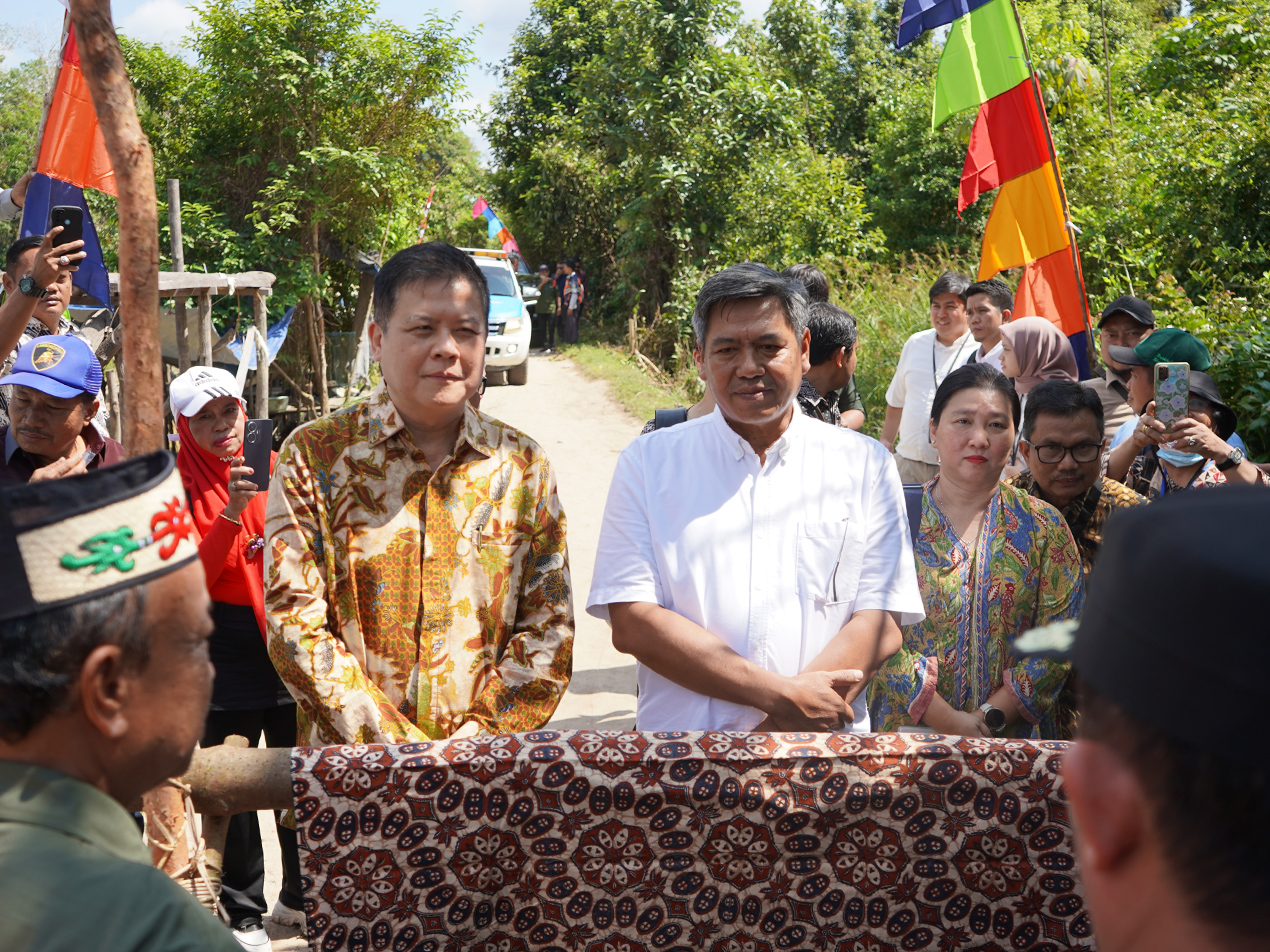Initiative PT HUI for Future of Katingan Rattan
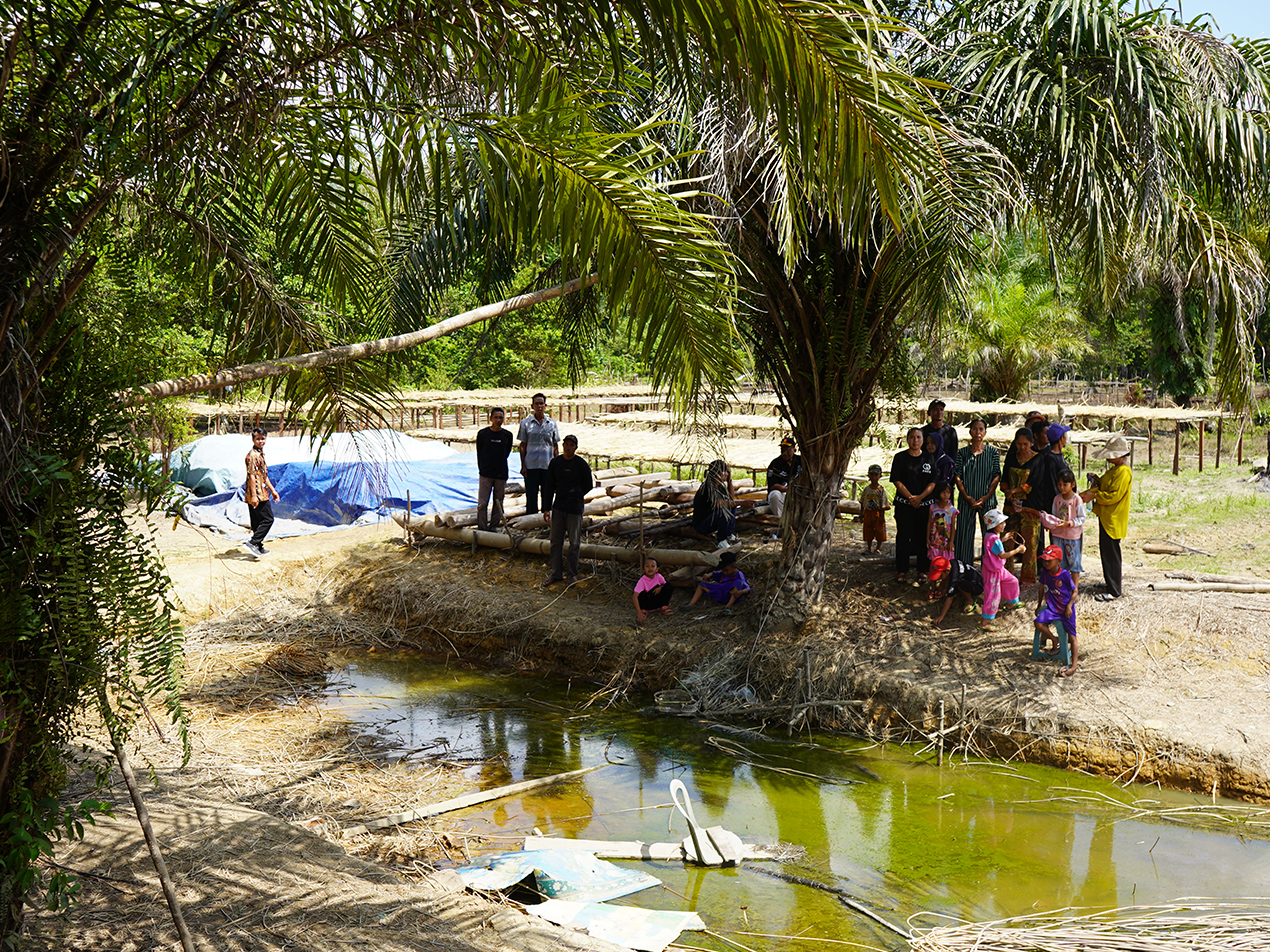
Rattan is not merely a forest product but a cultural legacy that connects the traditions, culture, environment, and economy of the community. As a source of sustainable natural wealth, rattan has become a mainstay of life for many communities, particularly in Kalimantan.
Katingan is renowned as one of Indonesia’s largest rattan producers, with 60% of its area comprising forests ideal for rattan cultivation. Katingan’s rattan fields span over 325,000 hectares and are capable of yielding 600-800 tons of wet rattan per month, or 7,000 – 9,000 tons of rattan per month. In fact, 10 out of 13 sub-districts in Katingan Regency are producers of premium-quality rattan.
The currently dominant raw rattan business model in Katingan results in a high carbon footprint and a lack of community ownership of natural resources. This also has an impact on the rattan culture that forms part of the community’s daily life. Initiative PT HUI for future of Katingan rattan, aiming for sustainable growth and community empowerment. Preserve cultural heritage while creating fair supply chains, ensuring a prosperous future for transforming local economy and empowering women.
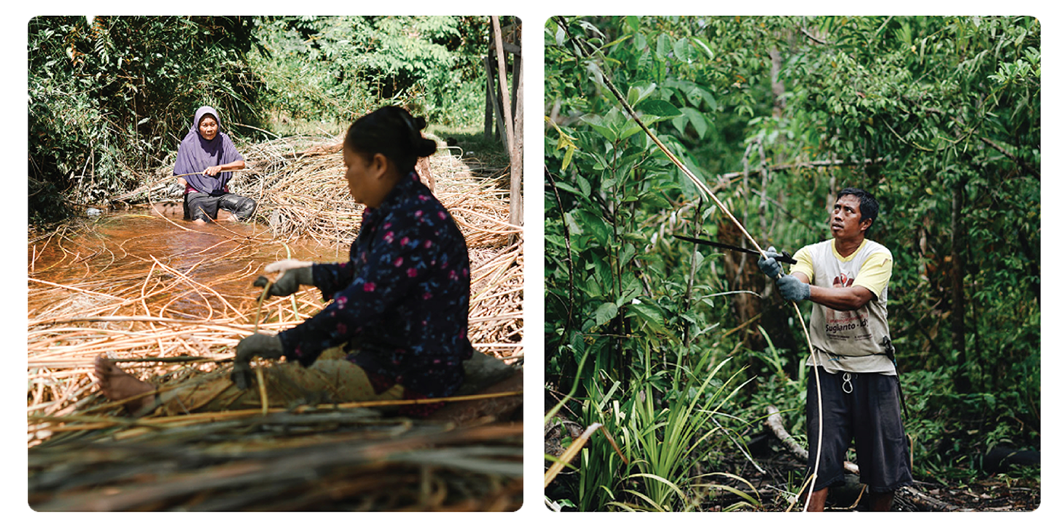
Rattan culture in Katingan has strong gender aspects. Men serve as farmers and rattan gatherers, while women are involved in the cleaning and processing of rattan. In the stage of weaving rattan, women are more involved.
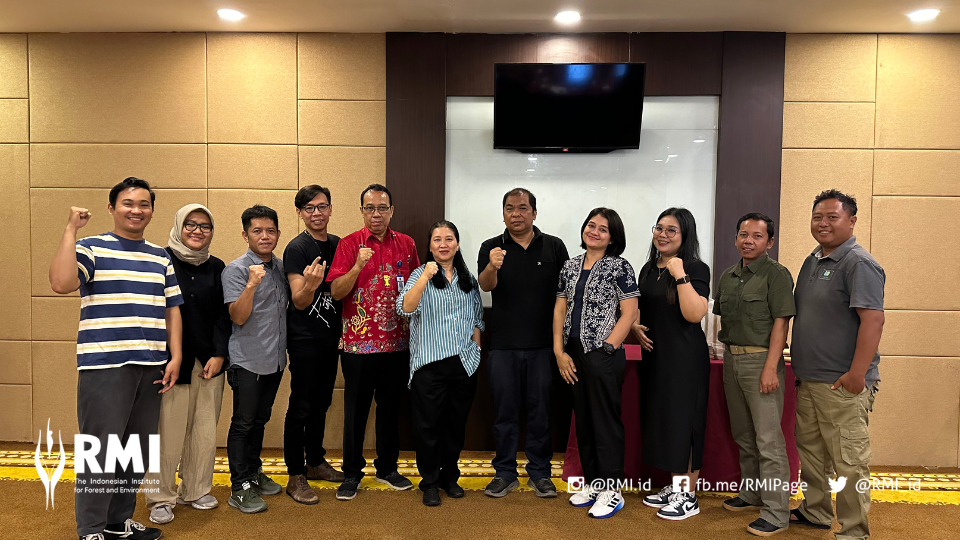
Considering how the rattan industry has strong gender and social impacts, efforts to organize rattan craftspeople groups are crucial. PT Harmoni Usaha Indonesia, in conjunction with RMI and Tropical Forest and Land Conservation (TFLC), is promoting a community empowerment initiative through The Integrated Rattan Supply Chain (IRSC). Its objective is to organize home-based rattan craftspeople, 80% of whom are women, to map strategies for the participation of women and young people, and to identify the potential risks encountered.
Discover more social impacts’s PT Harmoni Usaha Indonesia


